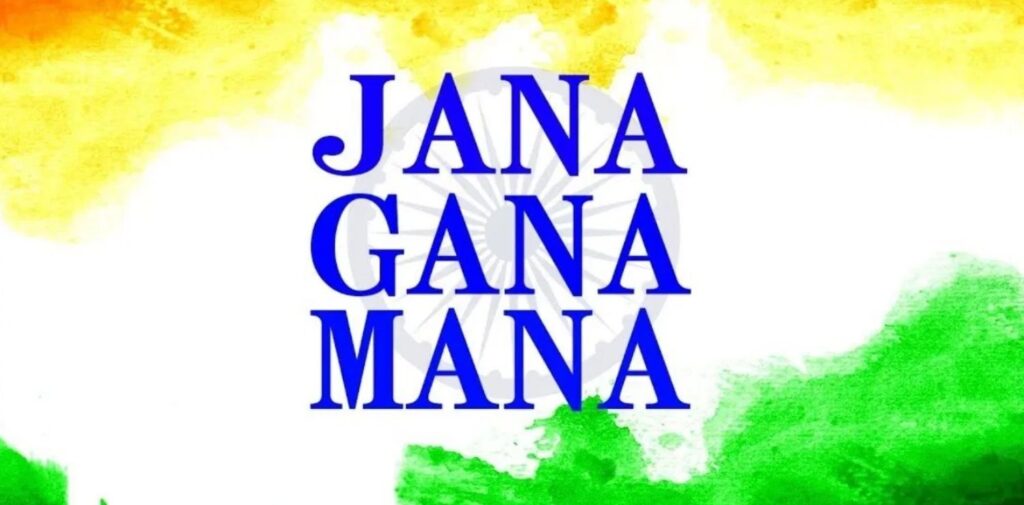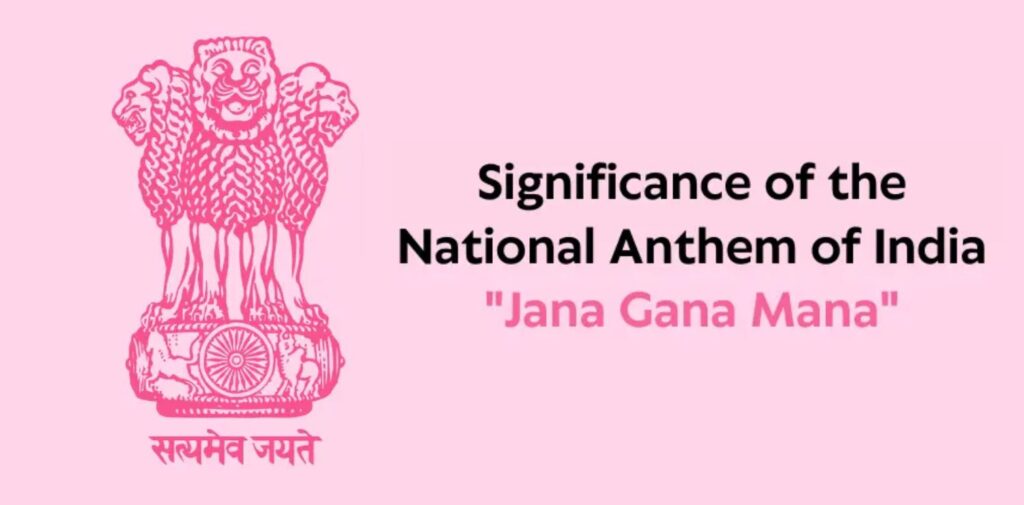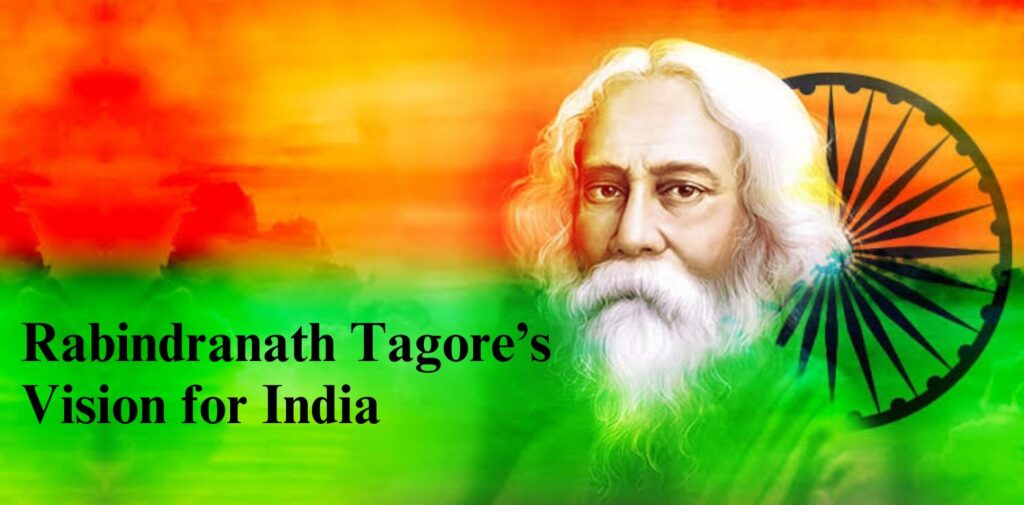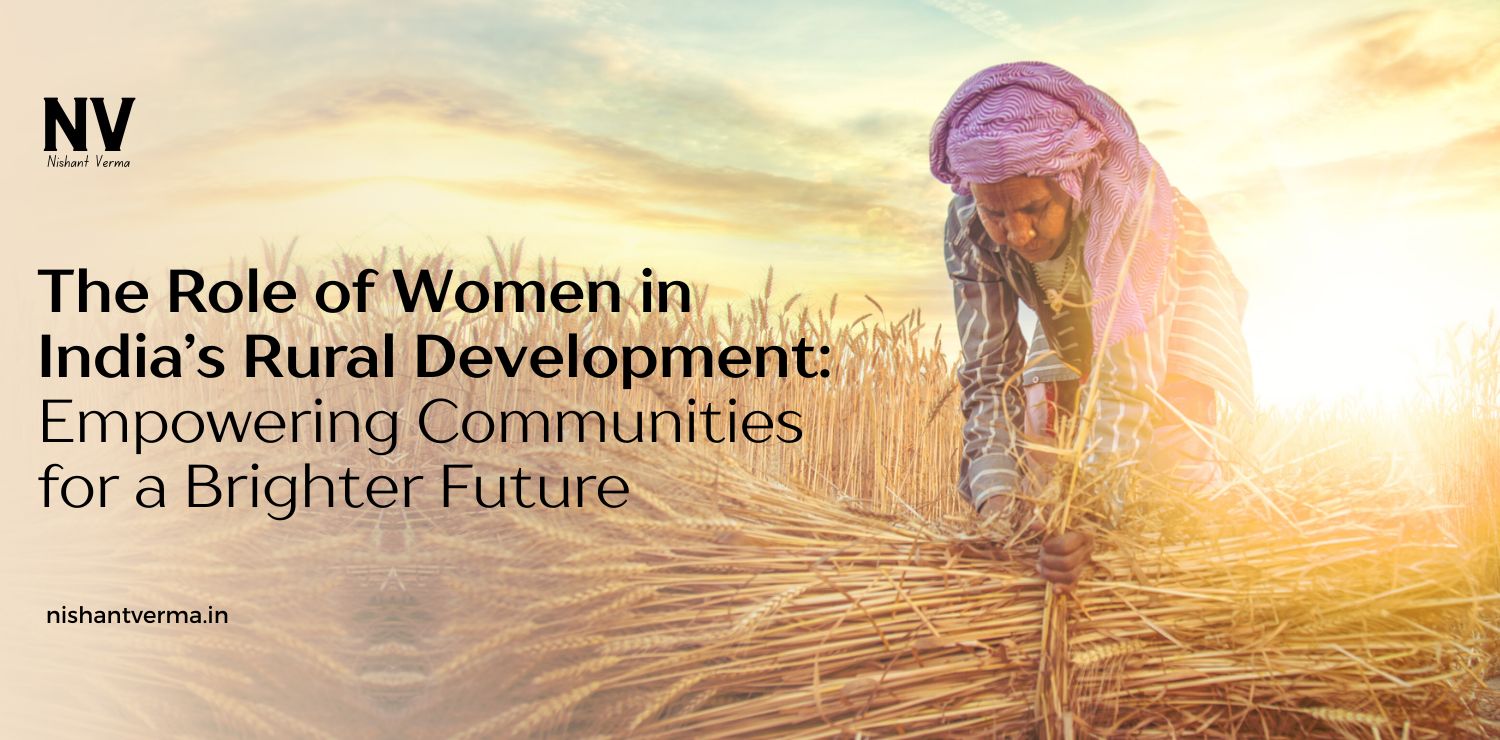The National Anthem of India, “Jana Gana Mana,” is one of the most iconic and powerful symbols of the country’s unity and diversity. This beautiful, soul-stirring song is not just a melody but a representation of the collective spirit of the Indian people, coming together from all corners of the land. Composed by the renowned poet and philosopher Rabindranath Tagore, it holds a special place in the hearts of millions. It serves as a reminder of India’s historical struggles, its triumphs, and the shared vision of a united and harmonious nation.
In this article, we will explore the meaning, significance, and symbolism of “Jana Gana Mana,” as well as delve into the life and contributions of Rabindranath Tagore, the genius behind the anthem. By the end, you’ll understand why this song not only resonates with India’s past and present but also inspires its future.
Who Composed “Jana Gana Mana”?
The composer of India’s national anthem is none other than the legendary poet Rabindranath Tagore. Born in 1861 in Kolkata, Tagore was a multi-faceted genius – a poet, philosopher, artist, and musician. He is best known for his literary works, which transcended boundaries and earned him the first non-European Nobel Prize for Literature in 1913. Tagore’s works continue to inspire generations around the world, and his contribution to India’s cultural and national identity cannot be overstated.
Tagore was deeply involved in the Indian independence movement and had a profound influence on the nation’s consciousness during its struggle against British colonial rule. His poems, songs, and writings became a source of motivation and a call for unity. His composition of “Jana Gana Mana” was not just a work of art but also a piece of history that would come to represent India’s collective dreams and aspirations.

The Meaning of “Jana Gana Mana”
“Jana Gana Mana,” which translates to “Thou art the ruler of the minds of all people,” was first sung on December 27, 1911, at the Calcutta Session of the Indian National Congress. The song is written in Bengali, and its lyrics are poetic and rich in symbolism. The anthem is a beautiful reflection of India’s vast cultural diversity, highlighting the unity of its people in the face of differences.
The anthem’s lyrics express a deep reverence for the divine, invoking the idea of India as a spiritual force that unites its people from different regions, languages, and cultures. The song speaks of the “ruler of the minds of all people,” acknowledging a higher power that binds the diverse population of India together, irrespective of their religion, region, or social status.
In the first verse of the anthem, Tagore describes the people of India as coming from different parts of the country, from the north to the south and from the east to the west. The anthem includes references to the geographical and cultural richness of India, with the names of regions like Punjab, Sindh, Gujarat, and Bengal – all emphasizing the vastness and diversity of the land.
Through the lines “Jana Gana Mana Adhinayaka Jaya He,” which translates to “Victory to thee, the ruler of the minds of the people,” Tagore portrays India as a united force, led by a supreme power. The anthem’s tone is one of deep respect and reverence, calling for unity and national pride. Even though it was written at a time when India was under colonial rule, the anthem also serves as a reminder of the country’s resilience and its potential for self-determination.

The Significance of “Jana Gana Mana”
“Jana Gana Mana” is not merely a song sung at official events; it is an emblem of national identity and pride. It represents the unity of India’s diverse people, encompassing all religions, castes, languages, and cultures. Tagore’s work transcends the boundaries of time and space, reflecting the struggles of the past while offering hope for a united future.
Here are some key aspects of the anthem’s significance:
- Unity in Diversity: India is a country known for its vast cultural, linguistic, and religious diversity. “Jana Gana Mana” speaks to this diversity but also to the unity that binds the people of India together. It reminds us that while we may have different traditions, languages, and ways of life, we are all united by a common identity – that of being Indian.
- Inspiration for Independence: At the time when “Jana Gana Mana” was written, India was under British colonial rule. The anthem served as a source of inspiration for the Indian independence movement. The lyrics spoke to the collective will of the people, urging them to come together in their quest for freedom. It became an expression of unity in the face of oppression, inspiring millions to join the struggle for independence.
- National Pride and Identity: As India gained independence in 1947, “Jana Gana Mana” became the official national anthem of the Republic of India. It reflects the pride and honor of the Indian people in their newly won freedom. Every time the anthem is sung, it serves as a reminder of the sacrifices made by countless individuals in the struggle for independence and the importance of preserving India’s democratic values.
- A Call to National Unity: The anthem’s lyrics do not just describe India as it is, but also as it could be – a united and harmonious nation. It is a call for all Indians to come together and contribute to the growth and development of the country. It asks the people of India to set aside their differences and work toward a common goal of peace and progress.
- A Spiritual Dimension: “Jana Gana Mana” has a spiritual essence, reflecting Tagore’s belief in the divine presence that pervades every aspect of life. The song acknowledges the higher power that governs not just the land but the minds of the people, invoking a sense of humility and reverence. This makes the anthem more than just a national song – it is a prayer, a plea for unity, and a call for collective strength.

Rabindranath Tagore’s Vision for India
Rabindranath Tagore was not just a poet and musician; he was a visionary who believed in the potential of India to rise above its challenges. He was deeply influenced by the ideas of universalism, humanism, and a connection between the individual and the collective. Tagore’s vision for India was one of self-reliance, cultural pride, and a commitment to peace and social justice.
His works, including “Jana Gana Mana,” reflect his belief in the importance of cultural unity. He envisioned a nation where people from all walks of life, whether rich or poor, from the cities or the villages, could come together to create a society based on love, respect, and mutual understanding. Tagore’s philosophy of “Vasudhaiva Kutumbakam” (the world is one family) is reflected in the spirit of the national anthem, which invites every citizen of India to contribute to the collective good.
Conclusion: The Anthem of Our Souls
“Jana Gana Mana” is more than just a song. It is the heartbeat of India, an anthem that encapsulates the spirit, strength, and beauty of this ancient land and its people. Composed by Rabindranath Tagore, it stands as a symbol of the unity that transcends geographical, cultural, and religious differences. Every time we hear the anthem, it reminds us of our collective responsibility to uphold the values of unity, equality, and peace.
As we sing the anthem with pride, let us remember the sacrifices of those who fought for our independence and the vision of unity that Rabindranath Tagore gifted to us. “Jana Gana Mana” is a powerful reminder that, despite our differences, we are all bound together by the same love for our country and the same desire to see it flourish.




